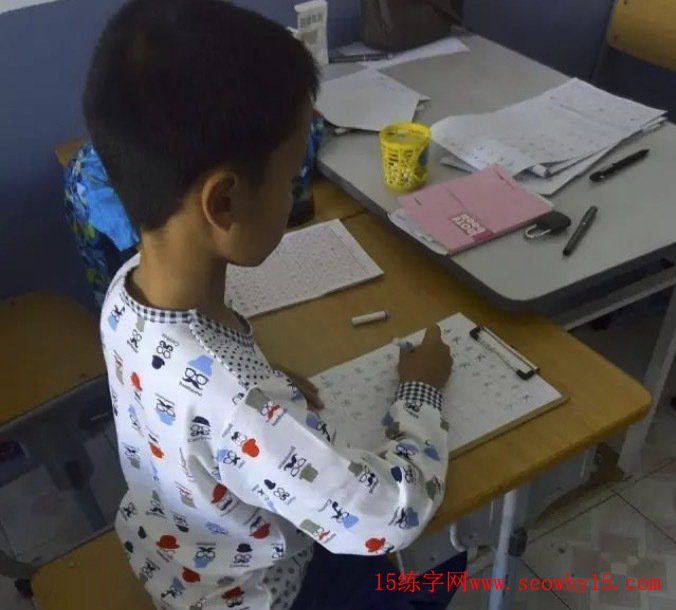The swaying of characters is a common problem when learning calligraphy. Between characters, between lines, and at the beginning and end, it may cause swaying. How to solve this problem is indeed a question for some calligraphy enthusiasts. Confused, I would like to share some opinions based on my own learning and share them with calligraphy enthusiasts.

First of all, start paying attention when practicing single characters. We talk about horizontal and vertical, especially regular scripts such as Kaili and Zhuan, which are easier to solve. From the first stroke, you should pay attention to the standard, horizontal or vertical, or low on the left and high on the right. - About 5 degrees, then the second and third horizontal strokes should be aligned accordingly, and the problem of equal positioning of each horizontal stroke in the proportion of the characters should be solved, and then each character should be aligned with the first character; secondly, use original methods when practicing and creating. You can make squares or draw squares, or you can directly use ready-made graph paper or use a cross-cutting tool to draw the squares. Writing in the squares can also correct the problem of swaying;
Furthermore, the writing posture during practice will also affect the shape of the characters. If you are sitting, you should pay attention to the height of the table and chair, the height of the head, the chest, and the distance between the eyes and the paper. If you stand with your feet shoulder-width apart, keep your abdomen in and your upper body slightly tilted, hold the pen freely, and practice calligraphy according to the stickers.
Another thing is to develop good writing habits, remind yourself at all times when practicing, and often mentally calculate the word spacing, line spacing, and the position of the first character in each line. If you practice more, you will be able to overcome it smoothly. Of course, this is different from writing. It’s the same as driving a car, traveling thousands of miles, and once the mileage reaches a certain level, skills will come naturally. The same is true for calligraphy.
Also, when practicing, look for the correspondence between strokes and the position of the strokes on the copybook.
I have been copying copybooks for a long time, but my writing is still inconsistent, swaying, and making no progress. To a large extent, this is caused by incorrect training methods. Beginners should do more stroke training, combine simple characters to consolidate strokes, master the structure, and proceed from simple to complex, step by step. If you persist for a period of time, you will definitely improve significantly.








